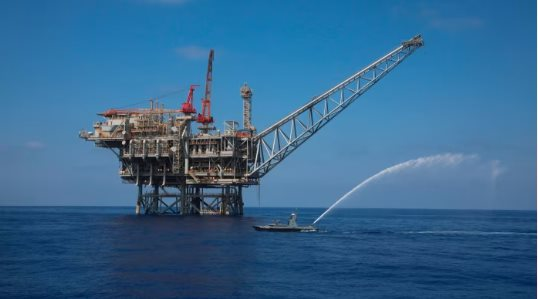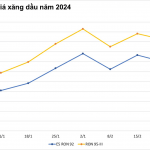
Illustration photo
According to vessel-tracking data from LSEG and sources from Reuters, Russia is ramping up exports of its oil products by utilizing vessels sanctioned by the European Union (EU). Despite being added to the EU’s sanctions list in June as part of the bloc’s 14th package of sanctions against Russia, these vessels continue to operate, highlighting the immense challenges in enforcing oil and shipping bans on Russia.
One of the sanctioned vessels, the Barbados-flagged tanker Saga (formerly known as NS Spirit), discharged 33,000 tons of mazut oil products on August 8 at Russia’s Baltic port of Vysotsk. According to Reuters, the vessel is now heading towards the Suez Canal en route to Asia, which is Russia’s primary market for oil products today.
Another tanker, named Kavia (formerly Hana), is currently loading diesel oil at the Baltic port of Primorsk. The final destination of this shipment is unclear, but the use of such vessels underscores Russia’s ongoing efforts to circumvent EU sanctions.
Notably, these sanctioned vessels, which are banned from entering European ports, are operating in international waters, where they are free to discharge cargo outside the EU territory. This is particularly significant given recent reports of Russian fuel oil being unloaded at Chinese ports by vessels on the sanctions list related to Iran.
Several other EU-sanctioned vessels have also changed their names and reflagged, a common tactic to avoid detection and continue operations. Vessels such as Serenade, N Cerna, and Success have been spotted in the Sea of Marmara, indicating that despite the sanctions, Russia’s oil flow remains very active.
These developments raise doubts about the effectiveness of the current sanctions regime, especially as Russia finds alternative markets and routes to maintain its oil exports. In a separate development, India has recently become the world’s largest importer of Russian oil, surpassing China. Data from India’s commerce and industry showed that the country imported 2.07 million barrels per day (bpd) of Russian oil in July, up 4.2% from a year earlier and up 12% from a year earlier.
According to Chinese customs data, India’s crude oil imports in July exceeded China’s 1.76 million barrels/day through pipelines and shipments. Indian refineries have been purchasing Russian crude oil at a discount to the international benchmark Brent after Europe sanctioned Russian oil over the conflict in Ukraine. ESPO Blend crude oil supplies from Russia to India increased in July to 188,000 barrels per day as larger Suezmax vessels were used.
According to Oilprice
Gasoline prices on the rise, RON 95 nearing 24,000 dong per liter
Starting from 3 PM on February 29th, the price of E5 RON 92 gasoline has increased by 280 dong per liter, while RON 95 gasoline has increased by 330 dong per liter.





















